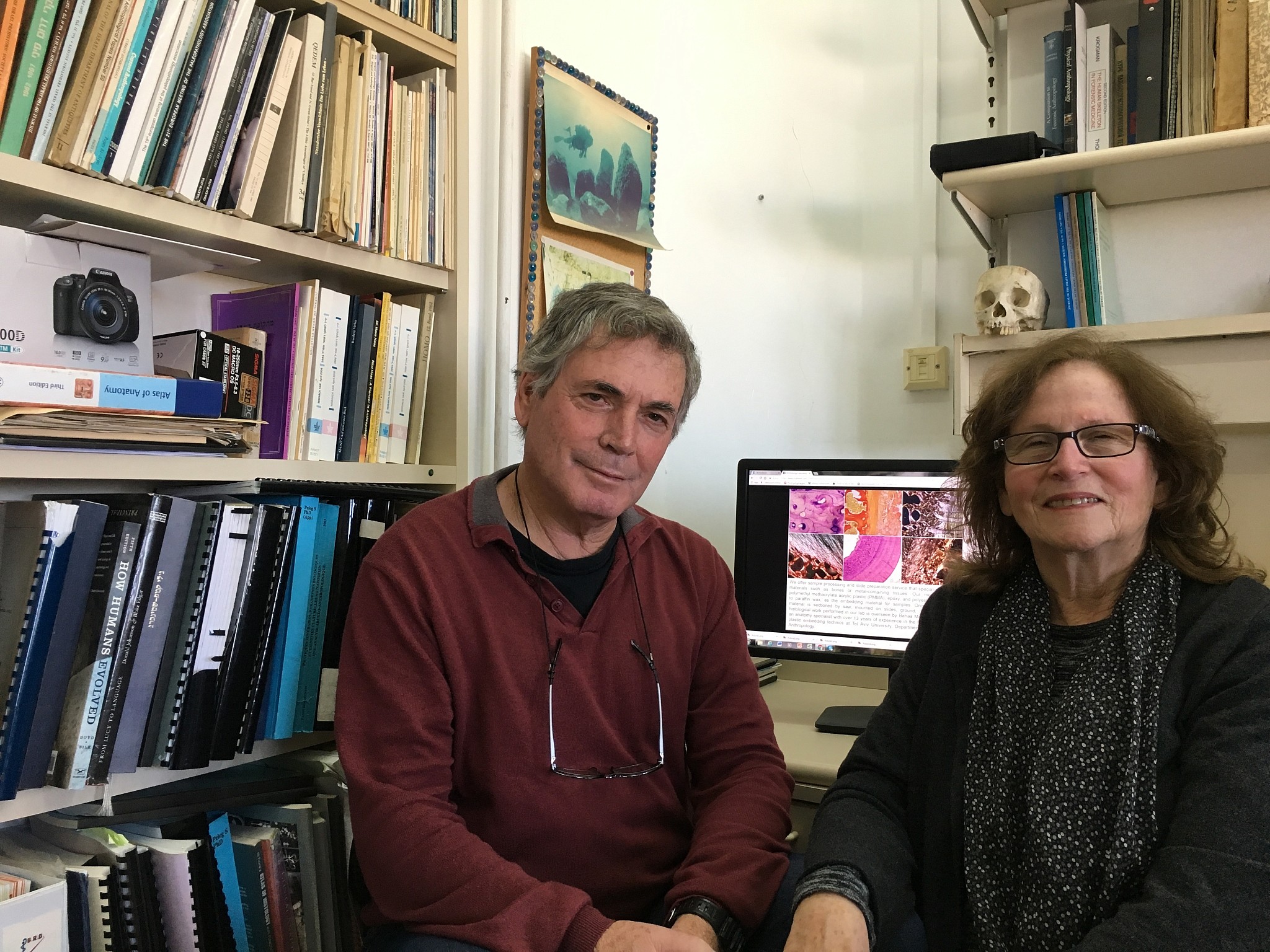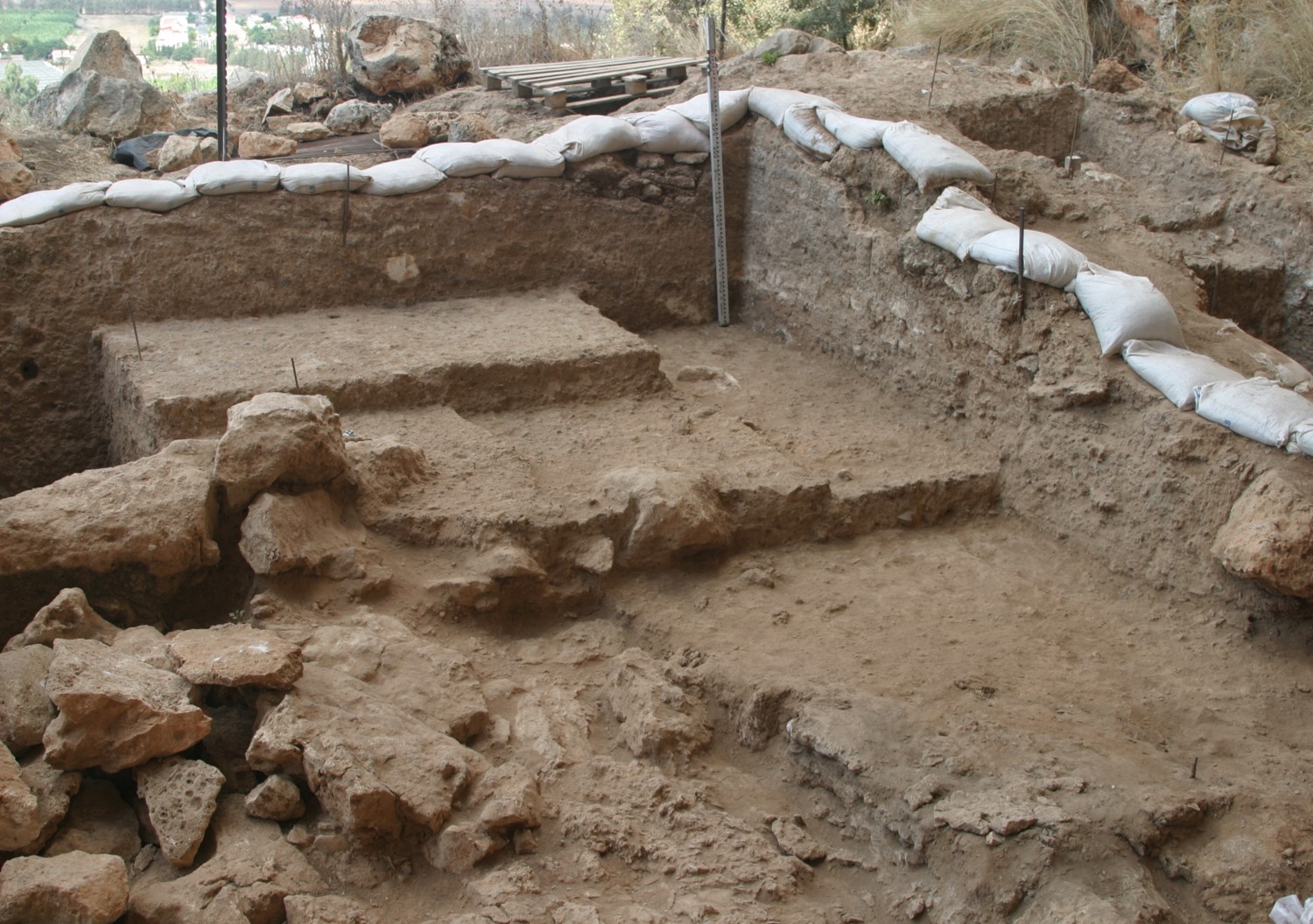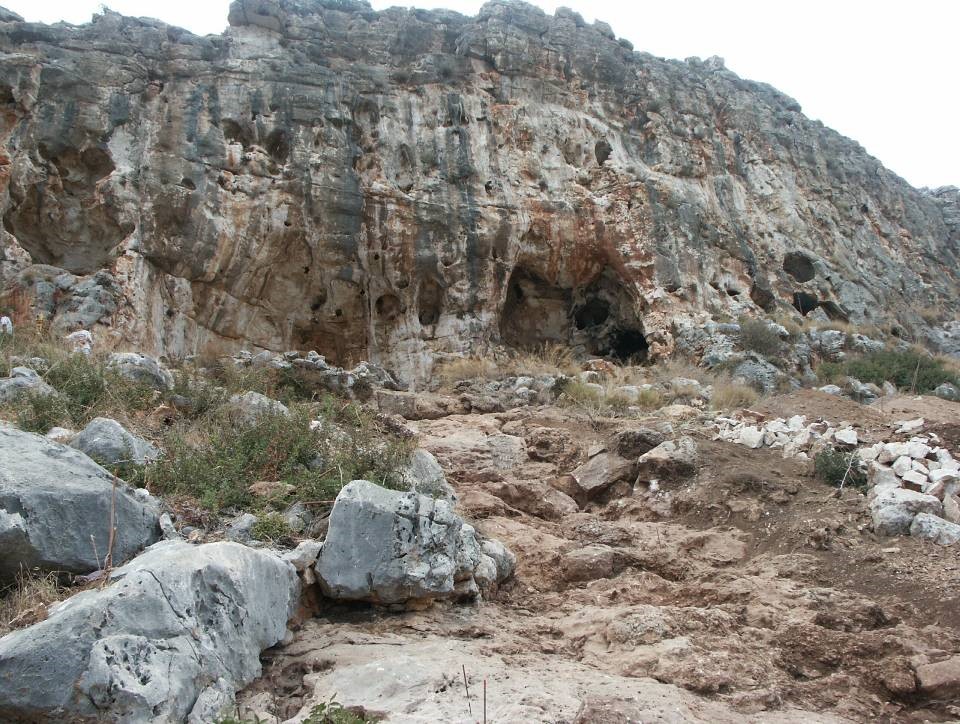Culture
Fossils Show 1st Intrepid Humans Left Africa 200,000 Years Ago for An Icy Israel
BY ITZHAK RABIHIYA
Roughly 200,000 year old fossils from a Carmel Cave indicate that human migration from Africa actually occurred during the Ice Age. Discovery of fossils of cold-climate rodents alongside remains of region’s 1st modern humans shows they arrived from hot cradle of Africa during Ice Age, but were able to adapt.
Tiny rodent fossils found in a cave on Israel’s Mount Carmel could shift our understanding of human evolution, indicating that the first venturesome humans who migrated from Africa to Israel 200,000 years ago did so during an Ice Age – times of Israel reports.
According to a new study published in the Journal of Human Evolution this week, the discovery of fossils from rodents that are only adapted to cold environments — which were found in the same archaeological assemblage as the earliest known record of Homo sapiens outside of Africa — proves that those early modern humans arrived during an Ice Age and yet were able to thrive after leaving the Cradle of Humankind despite the drastically cooler temperatures.
The study’s authors say the analysis contradicts the popular theory that the Ice Age delayed human migration between continents. This first sign of human adaptability displays the characteristics that would eventually lead to our species’ world domination, said the scientists.

Speaking with The Times of Israel in 2018, Weinstein-Evron reminisced that when she and Hershkovitz first drew up plans ahead of commencing the joint dig in 2001, their stated (modest) goal was to look for the origins of the modern Homo sapiens. The excavations resulted in the discovery of the jawbone, which she dubbed “Miss Lia,” after the name of the cave in the Mount Carmel region.
The region is rife with indications of paleolithic settlement, she said, and during 10 years of excavations, along with the jawbone the team uncovered some 60,000 flint tools, which span the human history of development from chunky primitive hand axes to purposefully knapped, lightweight, technologically advanced projectiles and thin knives.

In the new study, the researchers further extend common wisdom regarding man’s migration and state that these bold early humans entered a climatic unknown when migrating north from Africa. Ice Age Israel would have presented a much different biosphere, said Weisbrod in conversation with The Times of Israel on Monday, including much lower temperatures and different flora and fauna than the Cradle of Humankind.
The evidence of thriving, long-term human settlement in the Misliya Cave shows that these first migrators from Africa overcame climatic obstacles and successfully adapted to new conditions.
The researchers base their theory upon thousands of rodent fossils — most under 1 millimeter in size — that were gathered in the same settlement layer in the Mount Carmel cave. Weisbrod discerned that of the 13 rodent species present, voles (Ellobius lutescens) are only able to live in cold climatic conditions.
Ellobius lutescens (vole) lived during the Ice Age, but disappeared from the Levant more than 150,000 years ago. Today, explained Weisbrod, they still live in colder regions such as the Zagros Mountains of northwestern Iran and in the Caucasus Mountains.

Ice Age Israel, Weinstein-Evron told The Times of Israel on Monday, could perhaps better be labeled an “icy age.” Broadly speaking, she said, she estimates the temperature would have been circa 5 degrees Celsius (41 Fahrenheit), which would allow for cohabitation of other warmer climate species that were found in the cave assemblage with the cold climate voles. Other animal remains found in the cave were used for food, including auroch — extinct cattle — and other deer steaks, hares, ostrich eggs and wild boars.
Weisbrod said that the vole would have had some plasticity to its climatic niche in its southern migration toward the Levant — but that, aside from the temperatures lowered by some five degrees, the region at that time would have been vastly different from the arid land we are accustomed to.
“If we were transported back in time, we would not recognize it,” Weisbrod said, mentioning the existence of gigantic lakes spanning from the Sea of Galilee to the Dead Sea. The Ice Age in the Levant made the region “more different and challenging” for the first migrants from Africa, he said.
“With the help of fossils, one can determine under what conditions ancient humans could have survived in different prehistoric times, and at what rate human adaptability evolved in order to adjust to diverse climatic conditions,” said Weisbrod in the IAA press release.
PHOTO: Mina Weinstein-Evron, Haifa University
Stories for you more +